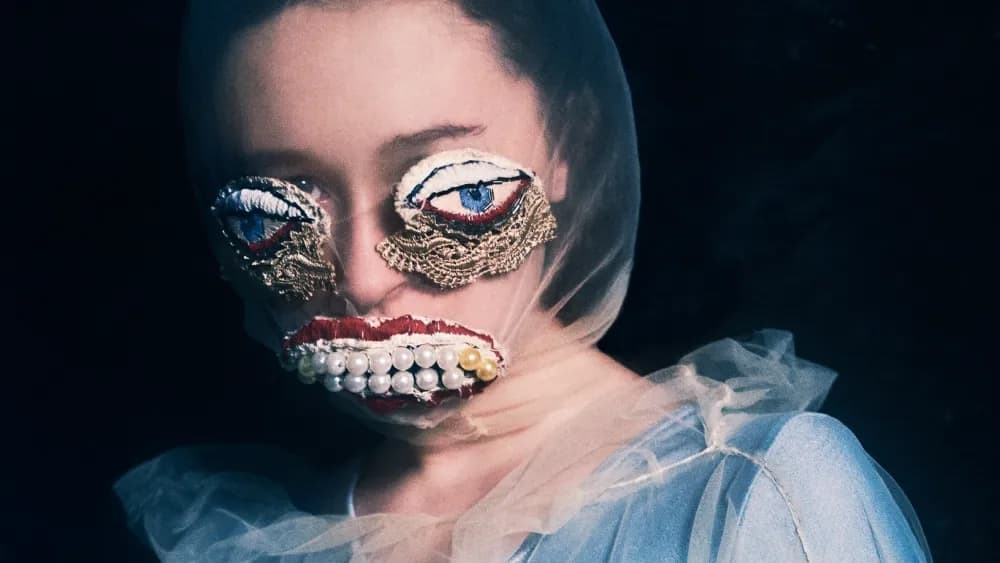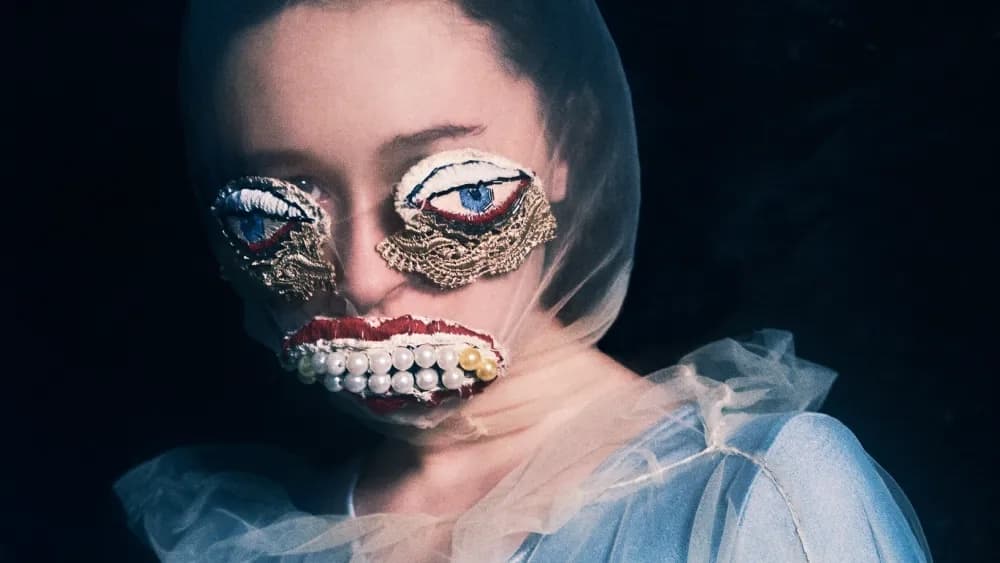This autumn, The Museum at FIT will invite visitors to look inward as well as outward with “Dress, Dreams, and Desire: Fashion and Psychoanalysis.” Running September 10 to January 4, the 350-word showpiece gathers nearly 100 ensembles—spanning bustled gowns to razor-edged streetwear—to trace how clothing channels hidden urges, anxieties, and fantasies. Curated by MFIT director Valerie Steele (nicknamed “the Freud of Fashion”), the exhibition distills five years of scholarly research into a vivid journey through fashion’s psychological depths.
The narrative begins, fittingly, with Sigmund Freud: his tailored suits, radical theories, and controversial views on women’s “exhibitionistic” dress form the show’s point of departure. From there, visitors enter the liberated 1920s and 1930s, when analysts like J. C. Flügel and Joan Riviere reimagined clothing as tools of self-expression or strategic masquerade. Designs by Coco Chanel, Elsa Schiaparelli, and Sonia Rykiel illustrate how early modern fashion both embraced and subverted psychoanalytic ideas of femininity.
Subsequent galleries pair key concepts with unforgettable garments. Moschino’s chocolate bar dress embodies Freud’s “pleasure principle,” while Rick Owens’ esoteric Priestesses of Longing channel Carl Jung’s archetypes. The darker currents of Freud’s “death drive” emerge in Josephus Thimister’s blood-splattered couture and Jun Takahashi’s rose-and-razor collection, staging Eros and Thanatos in silk and steel. Contemporary pieces by Grace Wales Bonner, Willy Chavarria, and Viktor & Rolf push the dialogue toward gender fluidity, body positivity, and the politics of desire. Theorists Jacques Lacan and Didier Anzieu are viewed through the lens of the “mirror stage” and the “skin ego,” as echoed in Schiaparelli’s jacket, stitched with rococo hand mirrors—garb as a second skin and a reflective self-portrait.
“Fashion is a deep surface,” Steele writes in the forthcoming companion book (out in November). “It communicates unconscious messages none of us fully control.” Dress, Dreams, and Desire make that invisibility visible, revealing the charged symbolism woven into every seam and silhouette. It is less a stroll through style history than an invitation to psychoanalyze our closets—and, by extension, ourselves.

